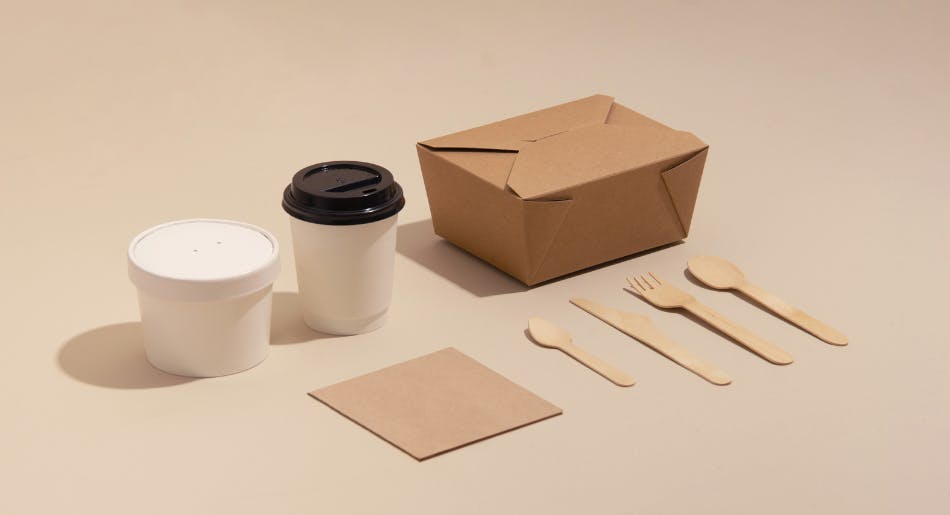

Regulation in the packaging industry is increasing
Regulation is increasing in the packaging industry, and changes are expected during the next years. What is the status of the packaging industry regulation in the spring of 2024? We have gathered the main updates for our blog.
The amount of packaging waste has been increasing annually, and on average, a resident in the EU produced 189 kg of packaging waste in 2021, while the amount was 155 kg in 2012. A Finnish resident produced an average of 159 kg of packaging waste in 2021.
At the end of 2023, the European Parliament approved a proposal for a new Packaging and Packaging Waste Directive, which aims to reduce the amount of packaging waste as one goal. The directive includes requirements for packaging materials, their reusability, and recycling. If implemented, the directive would cover all types of packaging regardless of materials, as well as all packaging waste regardless of origin.
In the future, the generation of packaging waste should be avoided, meaning that primarily packaging material should be reduced, and single-use packaging should be replaced with reusable packaging. The general targets for reducing the amount of packaging waste are 5% by 2030, 10% by 2035, and 15% by 2040. For plastic packaging, the targets are even tighter: 10% by 2030, 15% by 2035, and 20% by 2040.
If the packaging cannot be reused as it is, it should be recyclable. Challenges to the recyclability of packaging arise, for example, in the case of food products, as the characteristics and requirements of the products for their shelf life and hygiene cause additional demands. The recyclability of food packaging may not be so straightforward, as various coatings and multiple materials are often needed in packaging. In addition, using material that has already been recycled once is not straightforward in food packaging. For example, the cleanliness of recyclable plastic cannot always be guaranteed, making it unsuitable for use in food packaging.
The Packaging and Packaging Waste Directive would bring requirements for labelling as well, in order to increase consumer awareness. Considering the entire lifecycle of the packaging, it should meet safety and durability requirements, be recyclable, and the proportion of problematic substances should be minimized. Especially in the EU, there is a desire to prohibit the addition and use of slowly degrading per- and polyfluoroalkyl substances (PFAS) and bisphenol A (BPA) in food packaging.
Sustainability in the packaging industry is not uncomplicated
Packaging materials and their impacts, for example, on greenhouse gas emissions, are not as uncomplicated as you could think. Even though it is assumed that plastic bags made from biomaterials or partially recycled plastic are lower-emission options, in reality, their greenhouse gas emissions can be equal to or even greater than those of conventional plastic bags. In addition, it should be remembered that bio-based materials, such as bioplastics, are not necessarily biodegradable.
In general, it is good to reduce the use of fossil raw materials, such as plastic materials. However, packaging made from alternative materials may not necessarily withstand the same level of wear and tear as those made from primary materials. Primarily, cardboard and paper packaging are environmentally friendlier options, especially when proper post-consumer recycling is ensured. The most important thing is that the packaging protects the product.
Do you want to understand better the impact of the packaging industry on the climate?
If you want to determine the carbon footprint of your packaging, you can do so with the tools provided OpenCO2.net platform. With the product calculator, you can calculate both your product and materials used for packaging and determine their greenhouse gas emissions. Even if your company does not currently aim to reduce greenhouse gas emissions or your company is not subject to, for example, the Corporate Sustainability Reporting Directive (CSRD), changing regulations in the packaging industry may increase the demand for emission calculations for packaging. Especially for packaging producers and companies with specific packaging needs, it is worth considering how their own packaging will meet changing requirements in the future.
Book a demo to hear more about the services we provide. In addition, we are participating in the PacTec, FoodTec, PlastExpo Nordic 2024 fair on March 13th-14th, where our customer Jospak will discuss about carbon footprint calculations for packaging. At the fair, you can also explore our customized calculator, where it is possible to test packaging emission calculations. In addition, OpenCO2net together with E3 Energy is updating the low-carbon roadmap for the Finnish Food and Drink Industries’ Federation, which will be completed during the summer of 2024.
Do you want to hear more about our services?
Contact us via the form or directly to our expert, and we can figure out together which OpenCO2net calculator would work best for your organization.
Sari Siitonen
Founder, CEO
sari(a)openco2.net
+358 40 761 5221
